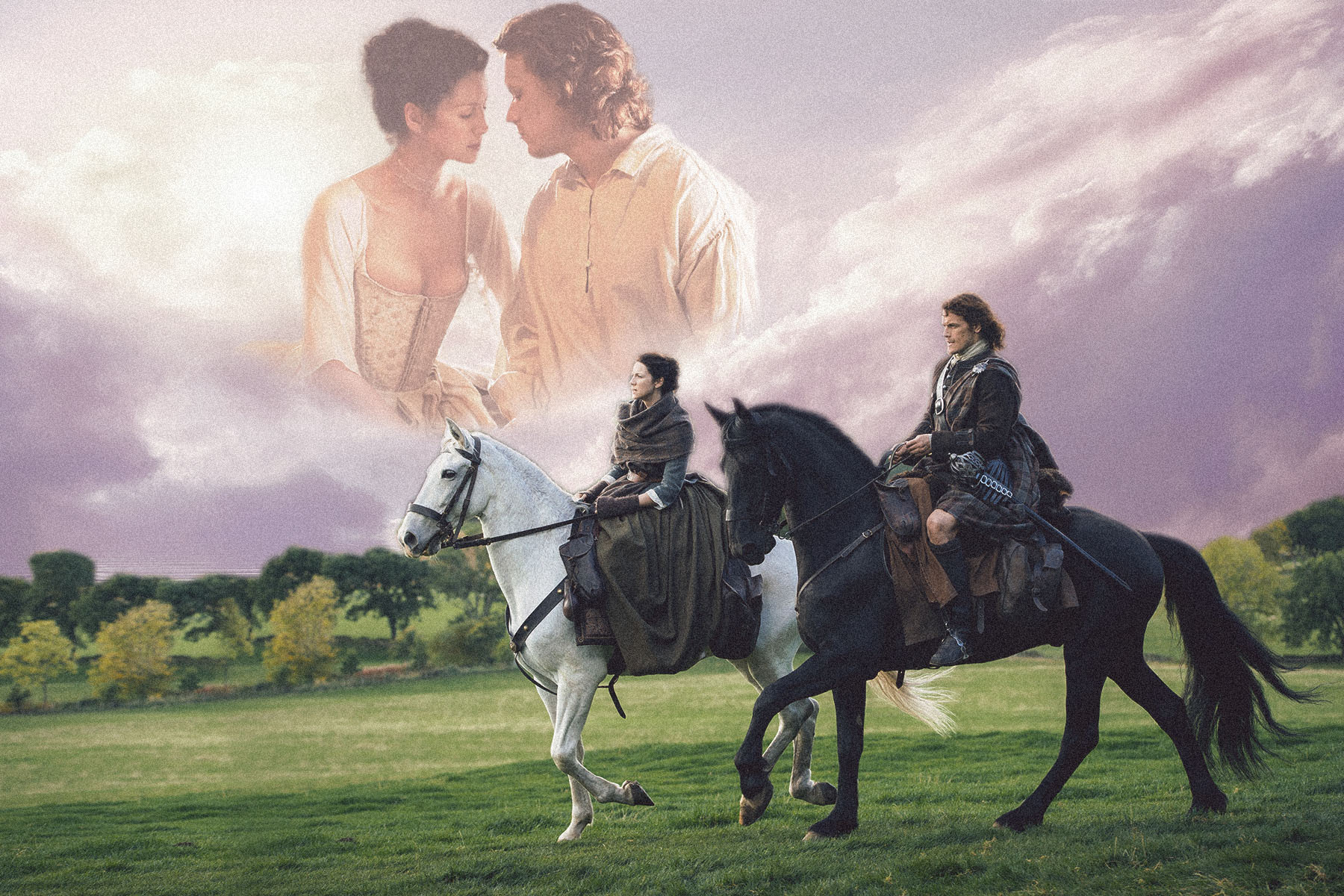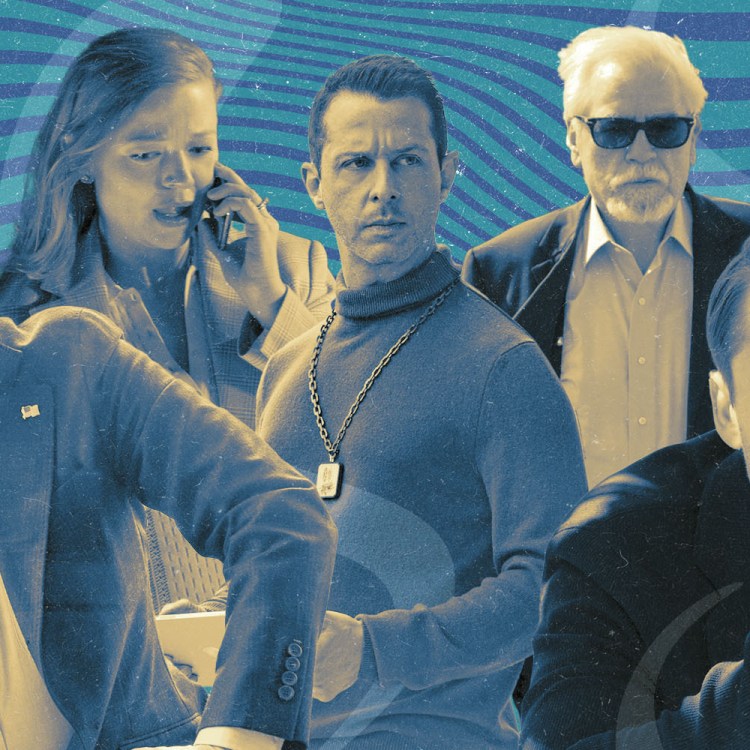We’re approaching the one-year anniversary of the beginning of the pandemic, which means we’re also approaching one year since the debut of Tiger King. While not wholly different than any other bingeable sensation that came before, that Netflix documentary was the first of a new sub-category: TV and streaming shows that offered us an escape from COVID.
The latest program I hope makes it onto this list is All Creatures Great and Small, a series that premiered last fall in the U.K. and has now made its way Stateside via PBS, and which I — someone who doesn’t consider himself a “binger” — finished in about a week.
It’s the story of James Herriot, a veterinarian fresh out of college who goes to work in a small, rural town in Yorkshire in the 1930s. As such, it can be seen as the antithesis of Tiger King, a reflection of two different needs at two different times: the first was a crass animal story sensational enough to overpower the horrific onset of a global pandemic, while All Creatures is a bucolic animal story, comforting enough to offer a respite after a year-long onslaught.
That framing, that All Creatures Great and Small is a sort of psychological balm applied through your TV, is one that basically every review of the show has picked up on; The New York Times says it “soothes souls,” Vulture called it the “most comforting” thing of 2021 and Linda Holmes at NPR even described how the show eased her tension and slowed her breathing. Fortunately, there are plenty of other entry points for those on the hunt for a new show besides the need for a mental spa day.
The show is based on a series of semi-autobiographical books written by James Alfred Wight (whose pen name was James Herriot), which means it will appeal to those who need a break from their WWII histories or Thoreau. As for the stellar cast, it’s worth watching for newcomer Nicholas Ralph (who plays Herriot) and the other leads, but younger viewers will recognize one actor in particular: Matthew Lewis, best known for his role as Neville Longbottom in the Harry Potter movies. For those who have been waiting for the next Masterpiece breakout to rival Downton Abbey, this is most certainly it. Then there are all the little pleasures, from the classic cars that are driven regularly, including a nice Rover 12 (built by the company that preceded Land Rover), to the exquisitely shot countryside, which is a welcome stand-in for our current lack of leisure travel. But there was something else about this show that got to me, something no one else seems to have honed in on.
In the first episode, Herriot and Siegfried Farnon, the Yorkshire vet interviewing him for an assistant job, drive up pitted dirt roads and through the stone-fenced country to examine the hoof of a gelding. When they arrive at the mud pit of a stable, both are wearing three-piece suits with all manner of accoutrement: a pocket square, an overcoat, a pipe. To examine the horse, Herriot doesn’t strip down to his undershirt, he simply removes his coat, hat and rolls up his dress sleeves. It’s played for laughs — the city slicker getting a trial by fire (or mire) of farm life — so I didn’t think much of the disconnect between profession and attire.
Then, as the series went on, it continued: Herriot making a middle-of-the-night house call to pull a calf out of birthing cow while dressed in a button-up and sweater vest; Herriot immediately replacing his blue dress shirt after reaching his entire arm up the backside of a prized racehorse; Herriot performing life-or-death surgery while kneeling in a bed of hay and wearing a tie and starched collar that would pass muster at Exeter. If this young veterinarian could put in the sartorial effort knowing full well that he’d come home at the end of the day covered in blood, guts and puss, then so can I — a man who has fallen victim to a sweatpants funk, caused by my new work-from-home lifestyle — and so can you.

If you’re looking for an excuse to wear hoodies, athleisure or sweats all day, there has been no shortage of style advice giving you permission to do just that. However, after a few months reveling in the comfortable revolt against office attire, I found throwing on sweatshirts and my weekend jeans made me feel, at different times, slobbish, uninspired and lazy. I’m certain many feel the same, but there was no impetus for me to change my ways; after all, I don’t have anyone to impress, unless I’m on a Zoom call, and those outfits can be quickly put together, then discarded.
When I felt at my most slovenly, Herriot appeared on my TV screen, a rural veterinarian who doesn’t need a suit and tie to perform the basic functions of his profession (fashion norms of the time aside), but who wears them anyway. If Timothée Chalamet in Juicy Couture was the final form of pandemic coziness, James Herriot in wool with a comb is the opposite, and my new style icon as the WFH routine continues.
Do I go so far as to wear a tie every single day, even when I don’t leave my house? No, I can’t say I’ve taken it to the level of some Yorkshire cosplay, but I now take the time to put on a shirt with a collar, pants that aren’t jeans and don’t have a stretchy waistband, and a jacket of some sort (my favorites being a rough wool blazer from Outerknown and a tweed number from Quaker Marine Supply), and I’ve recaptured a welcome sense of normalcy, structure and purpose because of it.
Although, when it’s time to chop some wood and build a fire in the fireplace to go along with the latest episode of All Creatures Great and Small, I do take the liberty of removing my jacket, unbuttoning my collar and rolling up my sleeves.
This article was featured in the InsideHook newsletter. Sign up now.

















